Extinct marsupial wolf to be revived in Australia
For many centuries, people destroyed animals species by species, as it was believed, irrevocably. But now we have a chance to correct the mistakes of our ancestors using the achievements of genetic engineering. The biotechnology company Colossal Biosciences, together with the University of Melbourne, has already begun the first stage of restoring the population of the Tasmanian marsupial wolf.
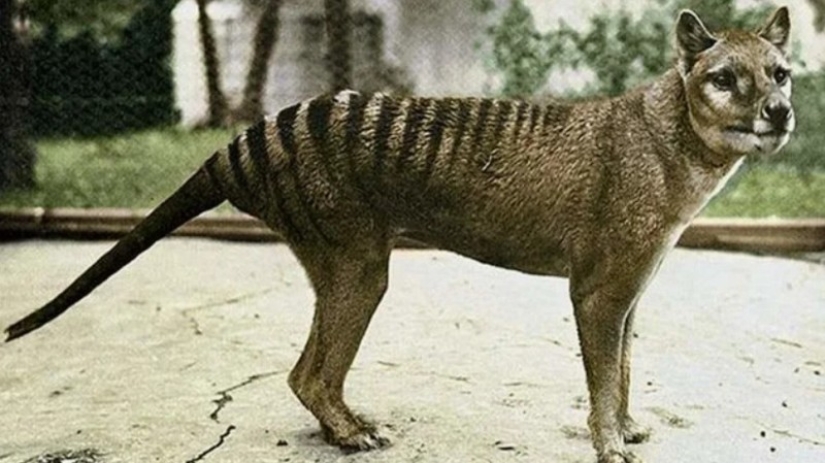
The last marsupial wolf, or thylacine (Thylacinus cynocephalus), died in 1936 in Hobart, Tasmania, in a private menagerie. The animal left this world due to old age and was officially recognized as the last representative of its species. Ironically, the ban on hunting thylacines was introduced only 2 years later. Although no one else saw the animals in nature, the Tasmanian authorities were hoping for something. In 1966, a state reserve was even organized in the habitats of the extinct beast.
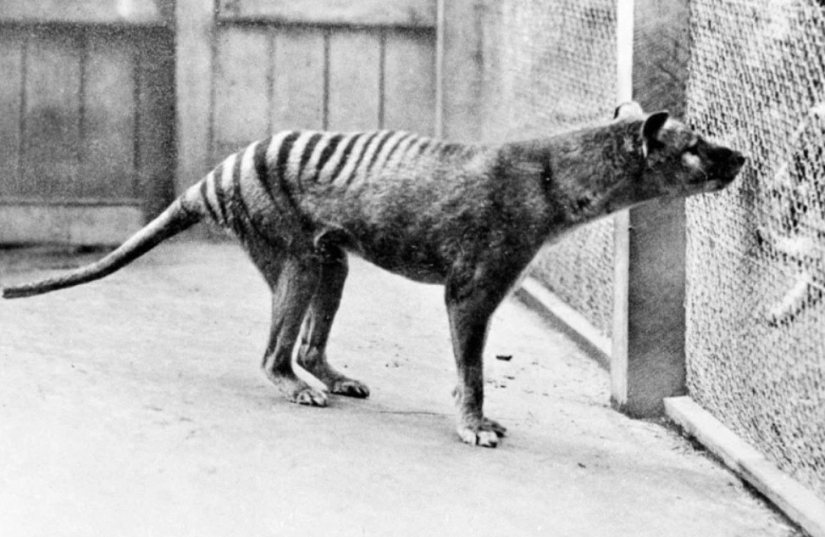
Today it is already quite obvious that without the intervention of science, marsupial wolves will not be reborn. Therefore, scientists decided to return thylacines to Tasmania using technology. This case is not easy and incredibly expensive, so it was not without generous sponsors. Funds for the noble undertaking were allocated by bitcoin billionaires brothers Cameron and Tyler Winklevoss and actor Chris Hemsworth, known for the role of Thor from Marvel films.
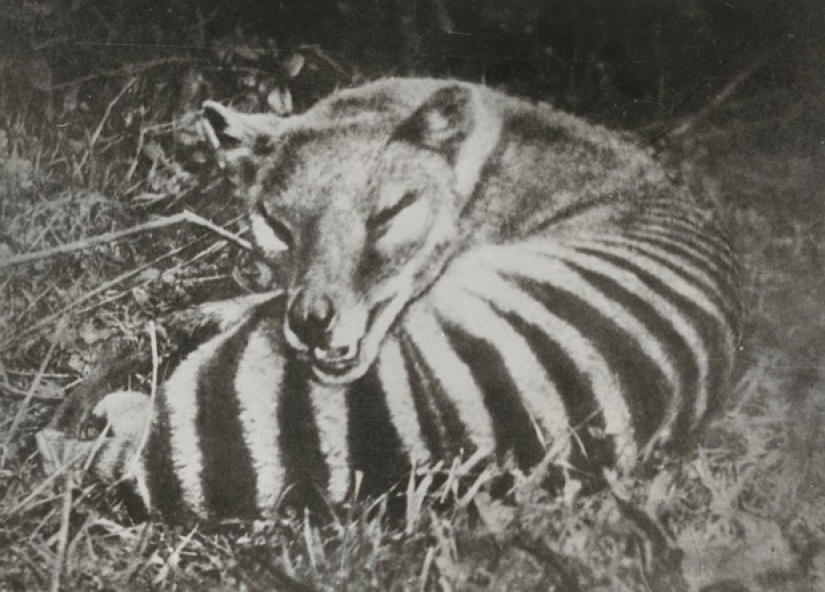
Usually, its DNA is taken to restore the species. But in the case of thylacine, everything was not so simple. Back in 1999, geneticists began work on extracting the genome. For this purpose, the bodies of thylacine puppies, which were pickled at the beginning of the 20th century, were used. But by 2002, it became clear that the traditional way of cloning would not work. The resulting DNA was damaged and was not suitable for work.

Now the DNA of other marsupial species will be used to revive thylacine. Scientists will edit the genome of their stem cells to get an embryo of a creature as close as possible to a marsupial wolf. No one knows what will come of this, but for some reason Colossal Biosciences believes in success. Moreover, the researchers promised that the first animal will be presented to the world in 10 years.
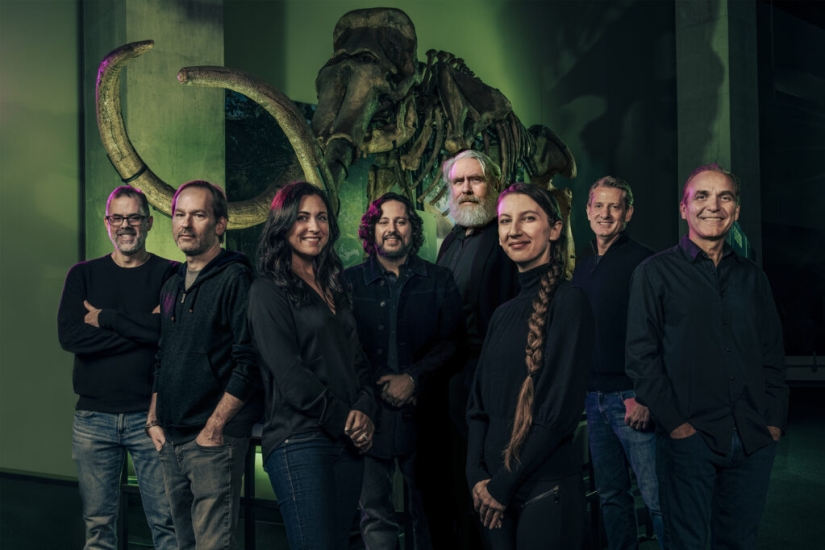
If they succeed, it will be the first time in history when an extinct species will be restored with the help of advances in genetics. Before that, the project on the revival of mammoths was actively discussed in the scientific world. It turns out that it is easier to restore the population of hairy giants than marsupial wolves. The fact is that the mammoth has preserved close relatives in nature — elephants.
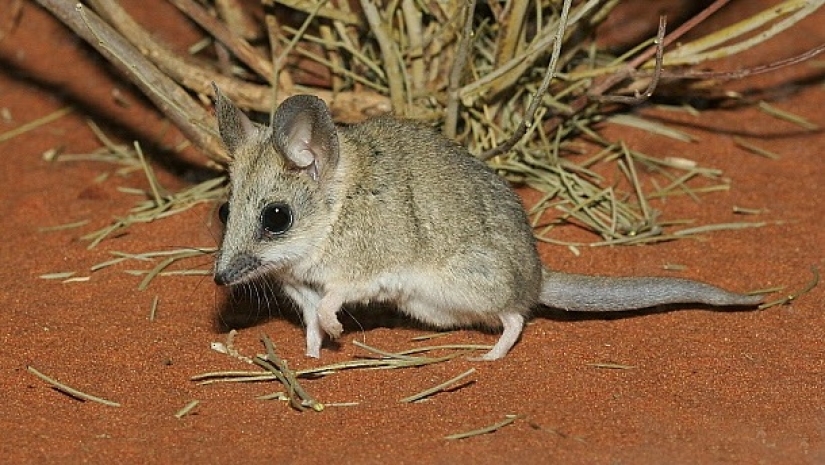
With thylacine, everything is more complicated, since there is not a single species of marsupial wolf or at least a dog on the planet right now. The closest creature in origin is the thick—tailed dunnart. It is a mouse-like tiny marsupial. Alas, for many reasons, it will not be able to become a surrogate mother for a marsupial wolf and will have to somehow get out of the situation. According to preliminary estimates, the project will cost investors $ 75 million (7.8 billion rubles).
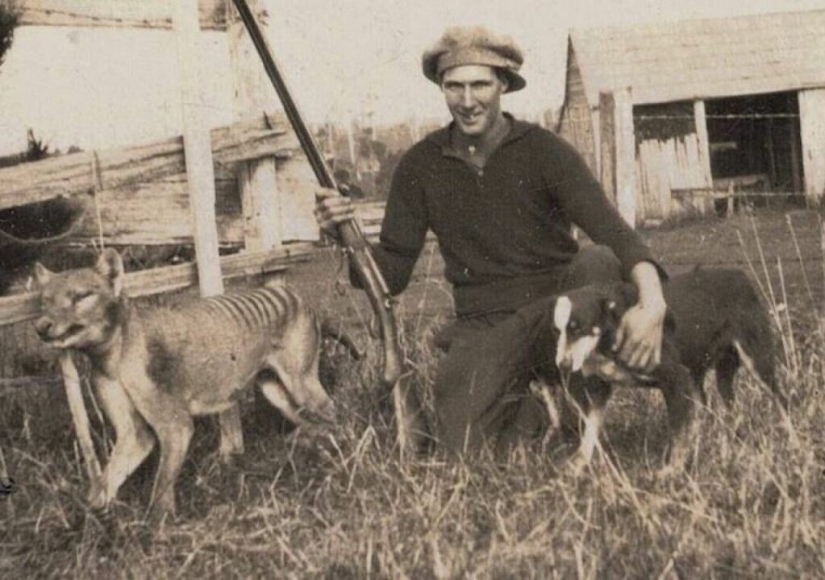
Marsupial wolves began to suffer from the neighborhood with a man for another 10 thousand. years ago. It was then that the first people appeared in Australia and on the island of Tasmania. The population was further shaken by the appearance of dingo dogs hunting thylacines in packs. As a result, the marsupial wolf became extinct on the Green Continent, but remained on the island. There, in the 19th and early 20th centuries, they were completely destroyed by farmers.
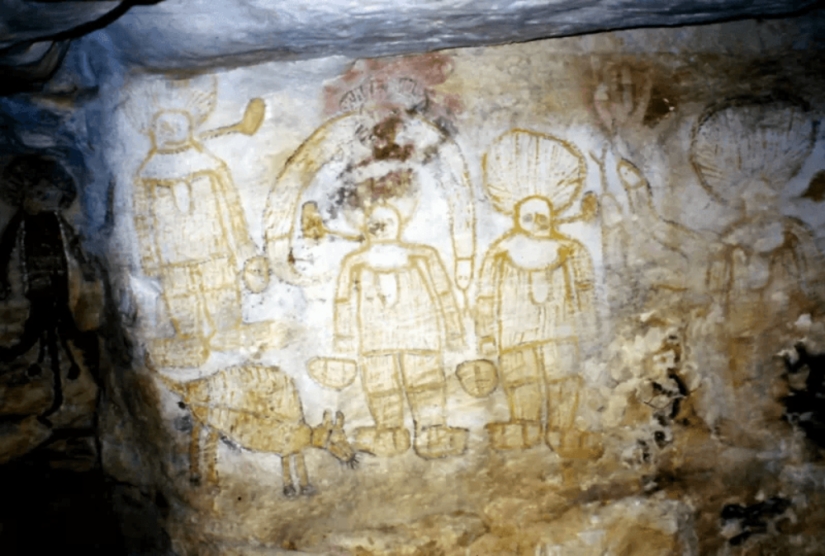
Someone decided that marsupial wolves were hunting sheep, and licenses were issued for their shooting. For each animal killed, the authorities paid a bonus to a hunter or farmer. This approach quickly showed results and one thylacine survived until the 1930s and then in a private menagerie.
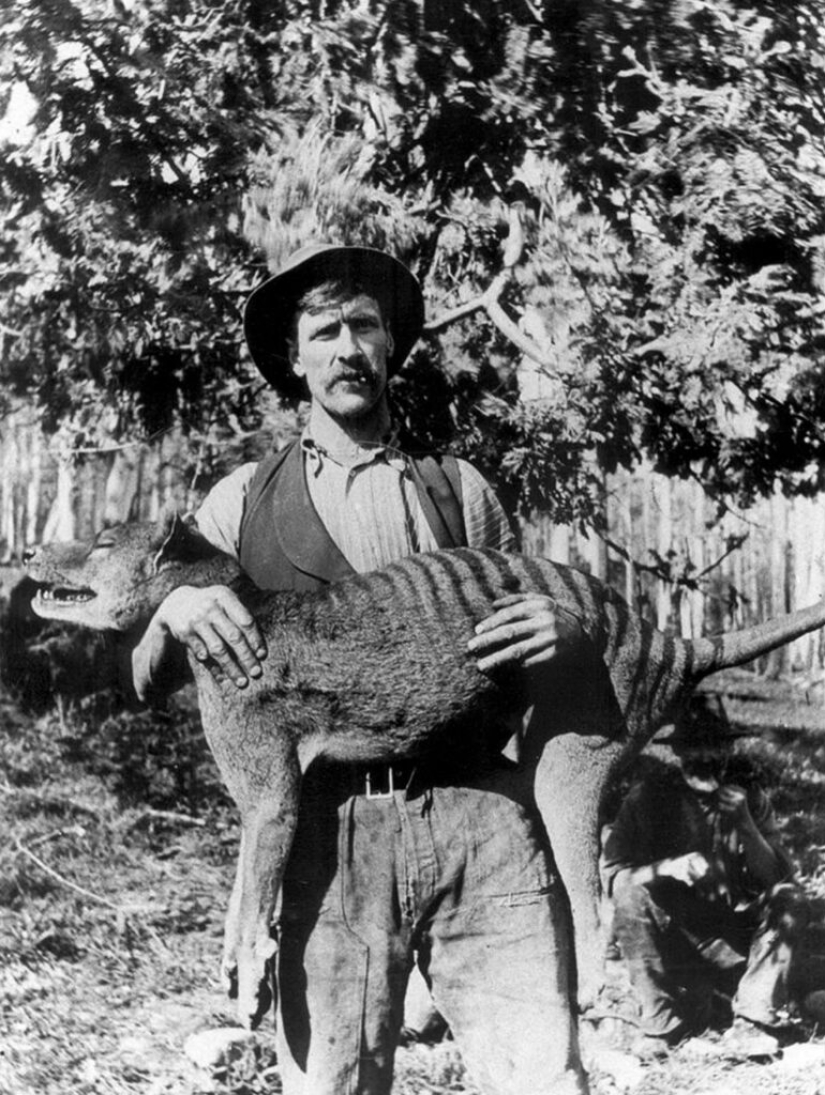
The Thylacines didn't really care about sheep. Marsupial wolves preferred lighter, smaller prey, such as rodents and birds. The extinction of this species has had a particularly negative impact on the ecosystems of Australia and Tasmania. The fact is that these predators perfectly regulated the populations of alien species, such as cats and rabbits.
Recent articles

Most of us think that the color of the eggshell does not play any role and it is possible not to pay attention. But it's not and ...

The more we rely on technology, the more potential power hackers gain over us. It doesn't matter if their goal is to help or cause ...

Creating a good portrait is one of the most difficult tasks for any photographer. In order to make a really natural and memorable ...